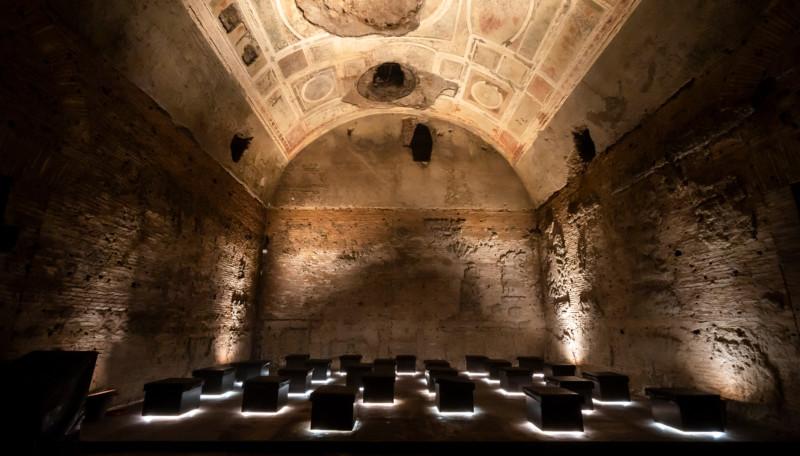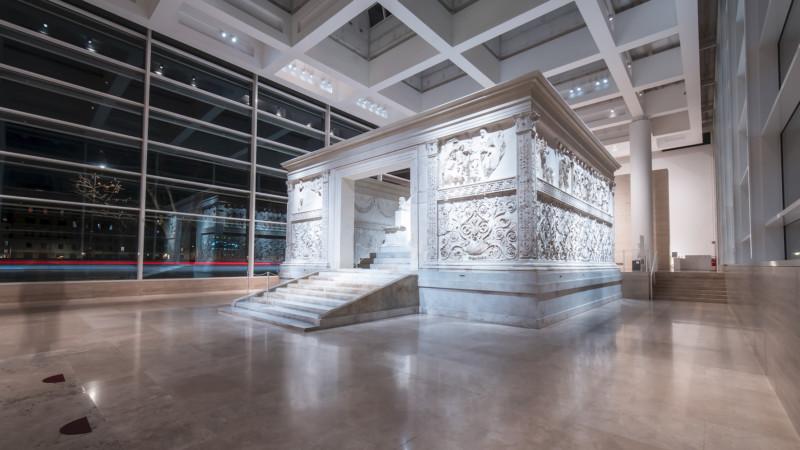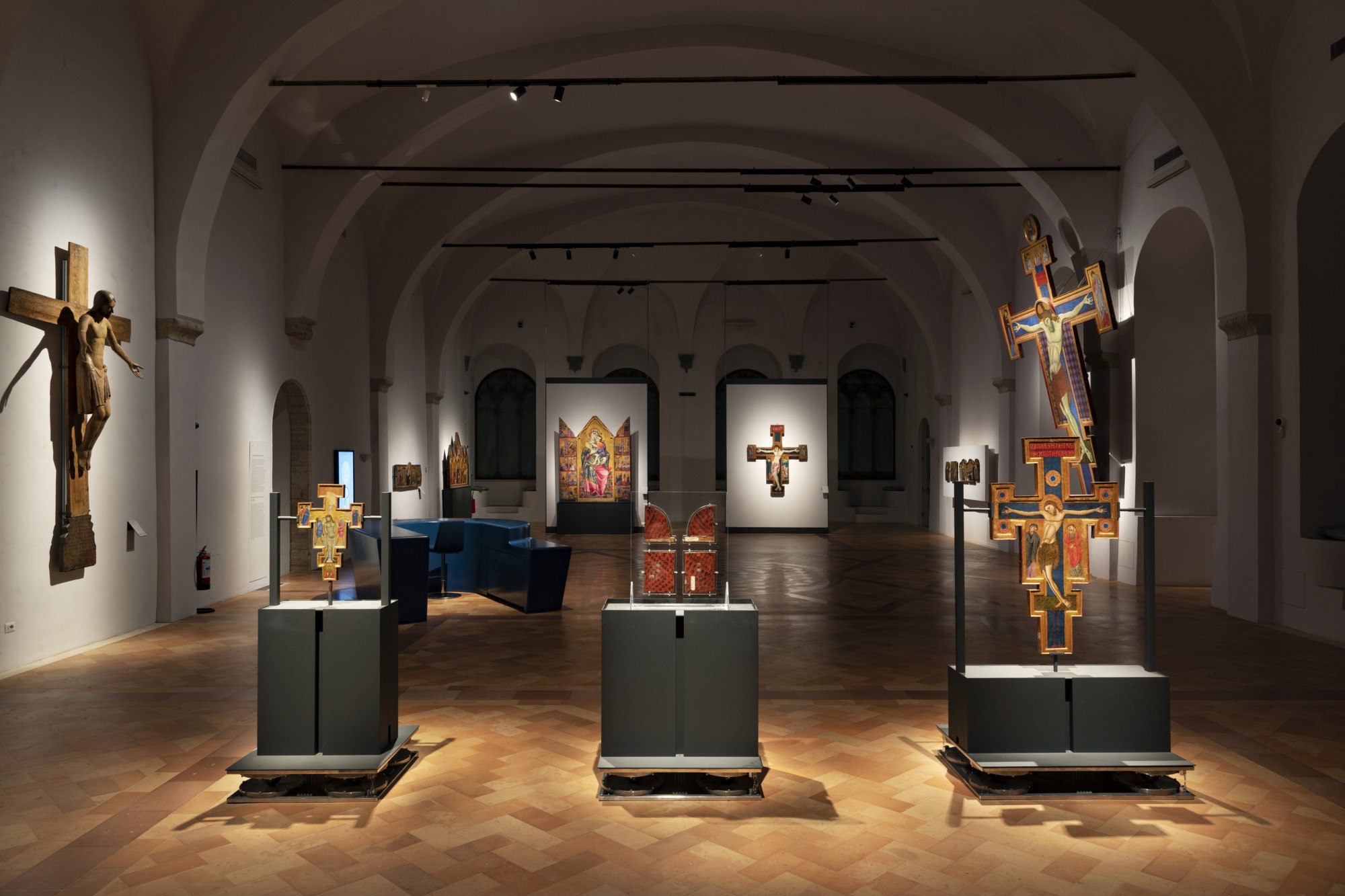
The National Gallery of Umbria
The National Gallery of Umbria embraces wireless lighting control to optimize energy usage and preserve artistic heritage.
The National Gallery of Umbria, located in the beautiful city of Perugia, Italy, is a treasure trove of artistic masterpieces, an exceptional collection that spans centuries of Italian art. The gallery’s origins can be traced back to the late 19th century when it was established to preserve and display the rich artistic heritage of the Umbria region. Today, it stands as a prominent cultural institution, attracting art enthusiasts and visitors from around the world.
Lighting aligned with footfall.
Although the museum attracts large numbers of visitors, there are times of the day when attendance drops. When fewer people pass through the museum, and fewer rooms are occupied, the cost of operating the lighting system at full capacity quickly becomes excessive.
An initial lighting system upgrade in 2018 involved a switch from incandescent lamps to LED light fixtures. Following this, a plan to digitalize the management system was promoted. The plan allowed additional, and more significant, energy and maintenance savings to be made by using the lighting of the newly installed system only when actually required.
To bring this plan to fruition both cost-effectively and with minimal disruption, there was a fundamental obstacle to circumnavigate: the need to work on the existing electrical system without modifying it. Replacing the existing tracks with DALI tracks wasn’t going to work.
It was deemed impractical to pass a data bus through rooms located in a five-floor sixteenth-century building constructed from 80-100cm-thick stone walls with just a few limited openings and all under the supervision of the Superintendency of Archaeology, Fine Arts and Landscape.
Wireless was the way.
‘Casambi’s wireless solution was selected for its ability to address the intricate architectural conditions that necessitated control signals to be transmitted to multiple floors and various groups of rooms per floor, while also managing light fixtures wirelessly on a room-by-room basis. The implementation of Casambi’s completely wireless system proved to be a highly effective and straightforward solution’ said Massimiliano Negri of Rimani srl.
Casambi provides the ability to wirelessly link devices together enabling the creation of customizable smart lighting networks that are easily configured and controlled using the Casambi App. A series of tests were conducted onsite to assess and optimize the key parameters of the Casambi Mesh in situ – such as reliability and latency.
Building up the wireless mesh.
‘The very first test, which consisted of five nodes [Dalcnet DLC1224-1CV-CASAMBI] allocated one per floor, gave good results with the network immediately providing a strong, clean signal from the first floor to the top of the building without any need to rely on signal amplifiers or other accessories’ said Massimiliano.
Instead of traditional wall-mounted light fixtures, the mesh network is established using track-mounted projectors strategically positioned throughout the museum. This setup ensures comprehensive coverage, extending to every corner of the museum, including inter-floor spaces achieved using Casambi devices in stairwells.
Automated gallery lighting.
The concept design adaptively manages the volume of people in the museum: i.e., it configures light intensity according to the number of people present. If there are no visitors, lighting intensity drops to 5% of the total, so that rooms are illuminated when viewed from a distance. However, in order for this to work effectively, each of the 42 rooms comprising the museum has to act independently.
Therefore, each room was equipped with a presence detector (Danlers CBU-CEDRP or CBU-CEDRPLR) to detect a visitor entering the area and consequently activate standard lighting (100-150 lux on each work of art).
To avoid the lighting activating too suddenly when visitors enter, each detector activates the lighting in the two successive rooms (with a three-second fade-in). The room lighting returns to 5% of full intensity after five minutes without the detection of any visitors in the area.
‘Seemingly insurmountable challenges were effectively and definitively addressed, setting a new standard for similar future scenarios. The accomplishment was achieved through cost-effective measures, despite the inherently energy-intensive nature of the system required for illuminating a vast surface area of 10,000 m2. Furthermore, a user-friendly and intuitive management system was implemented, enabling museum managers to oversee operations without the need for specialized technicians proficient in management software like DALI. Lastly, the solution made a significant contribution to the preservation of artistic heritage by minimizing the intensity of irradiation on the displayed works’.
Interested in learning more about Casambi? Drop us a note, and we’ll reach out to you:
Site
National Gallery of Umbria
Location
Perugia, Italy
Lighting
Rimani srl
Casambi system
Dalcnet
Danlers
Casambi nodes
600+

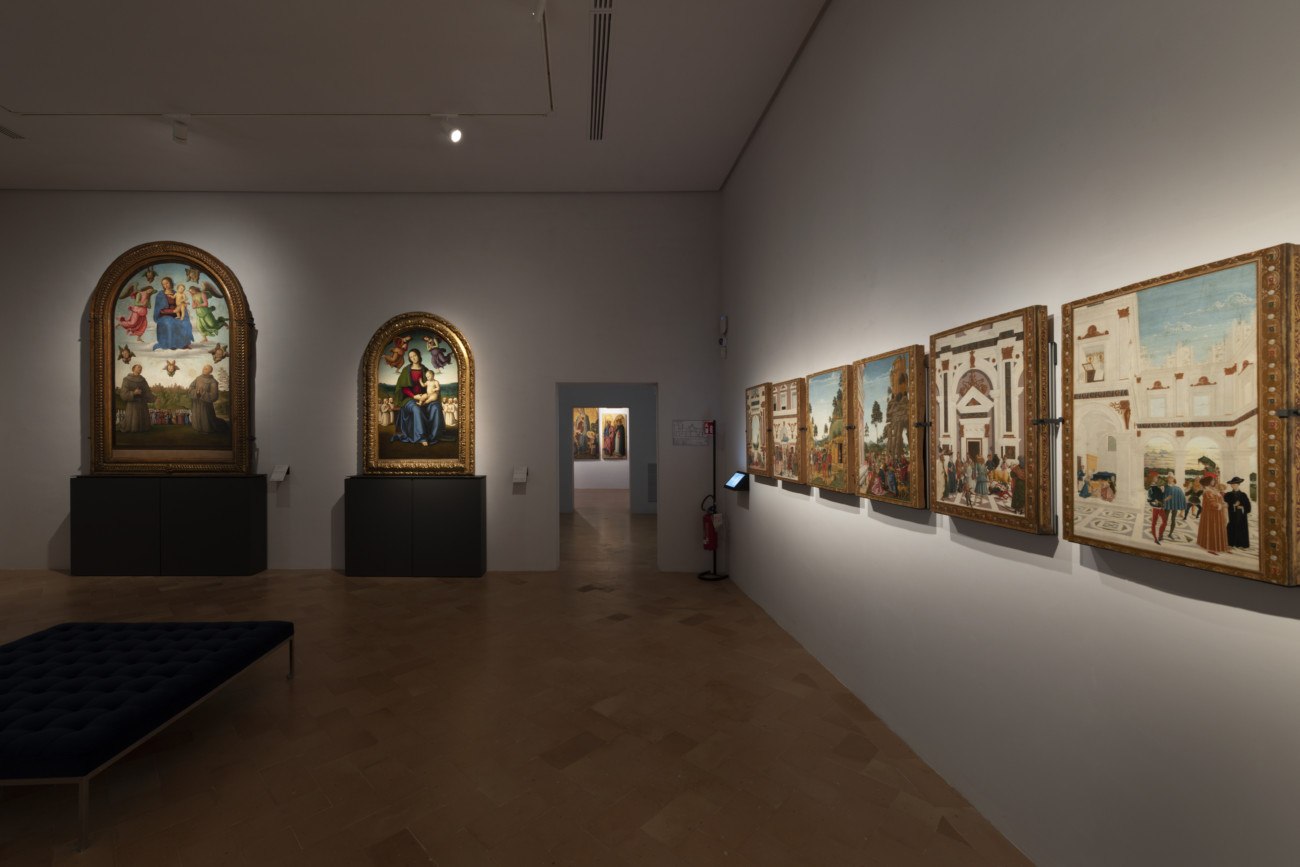
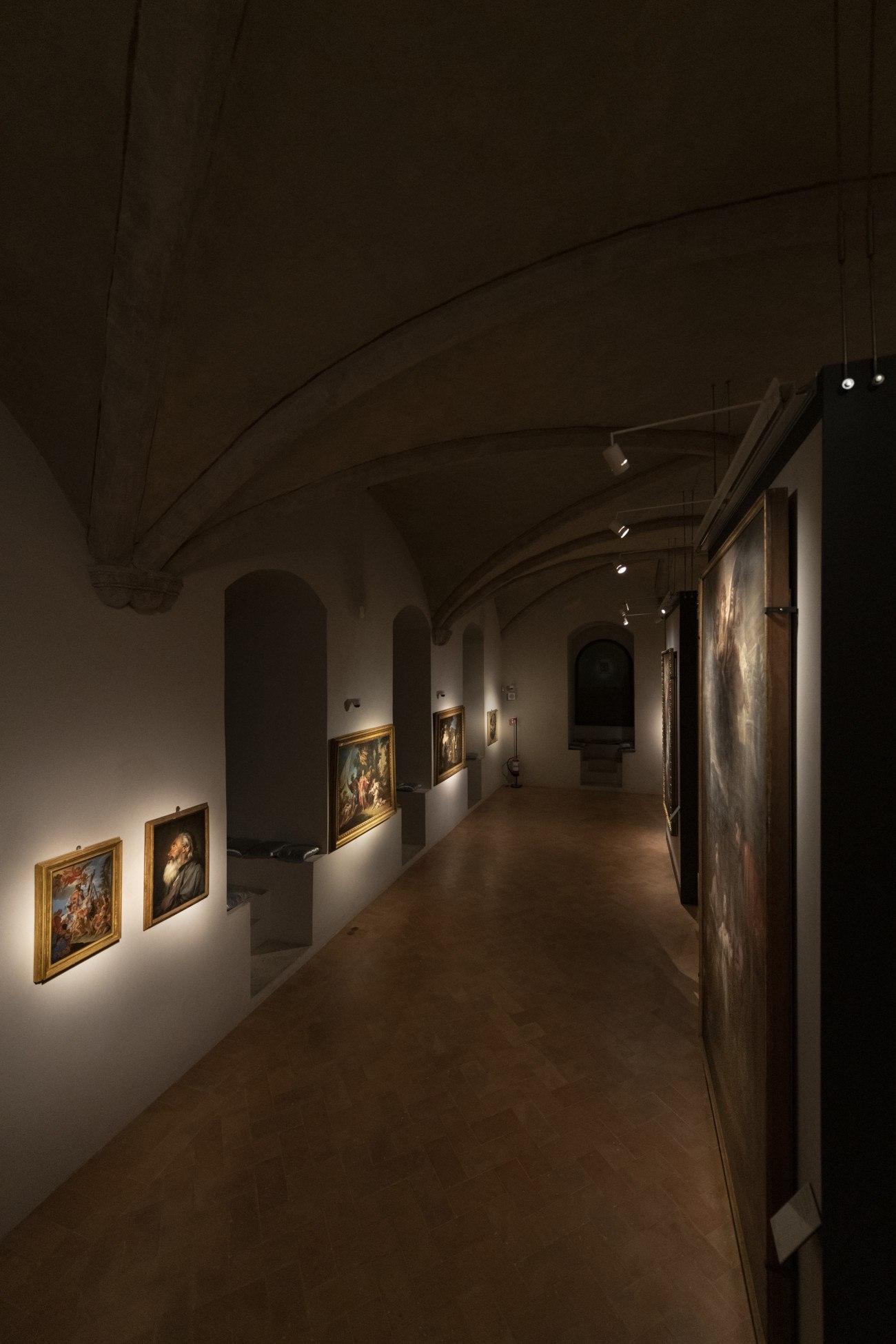

Share your work with us
If you have a Casambi project that you would like to publish at Casambi.com please click the button below and tell us a little bit more about the project. We’ll get back to you within two business days.
